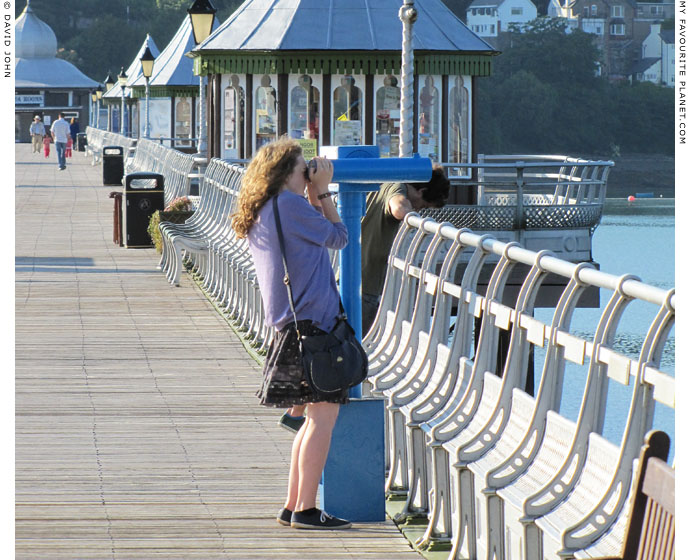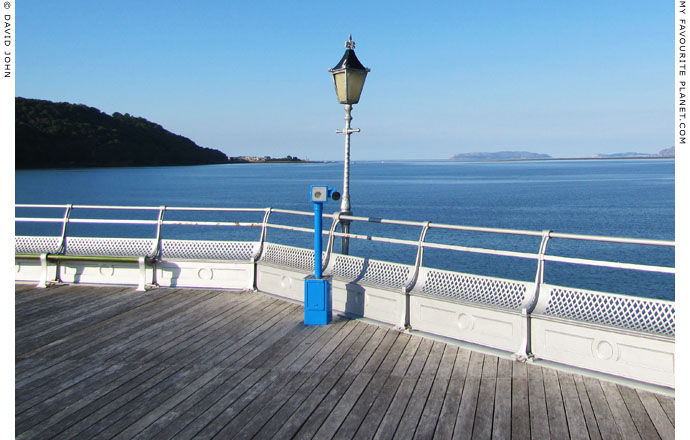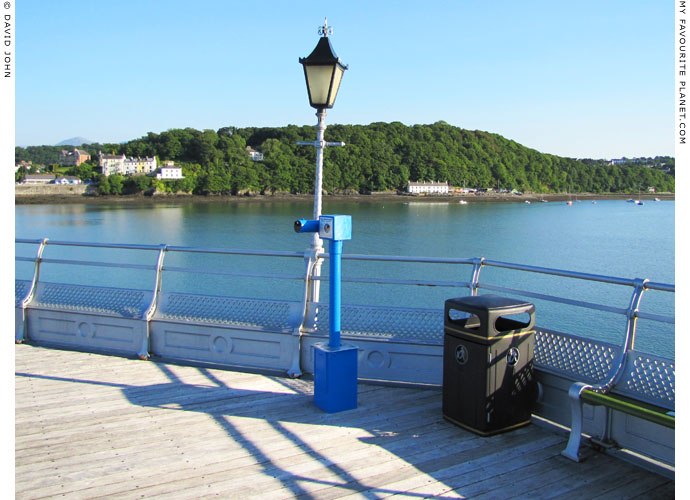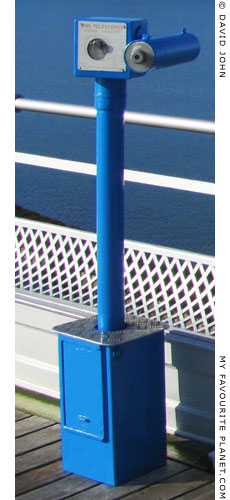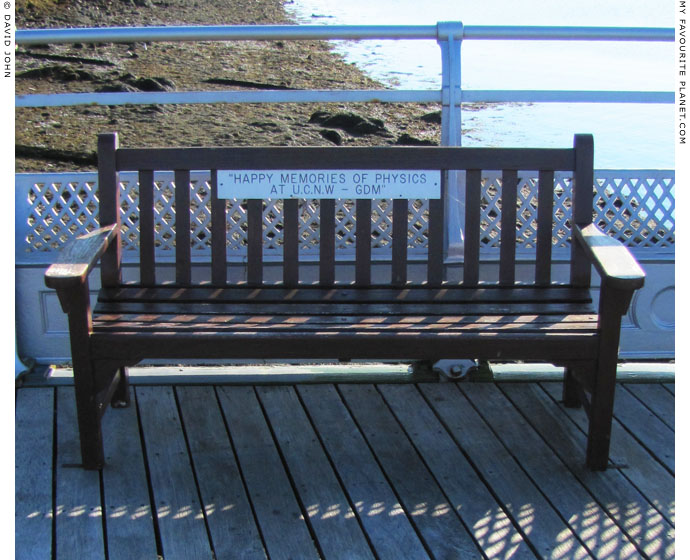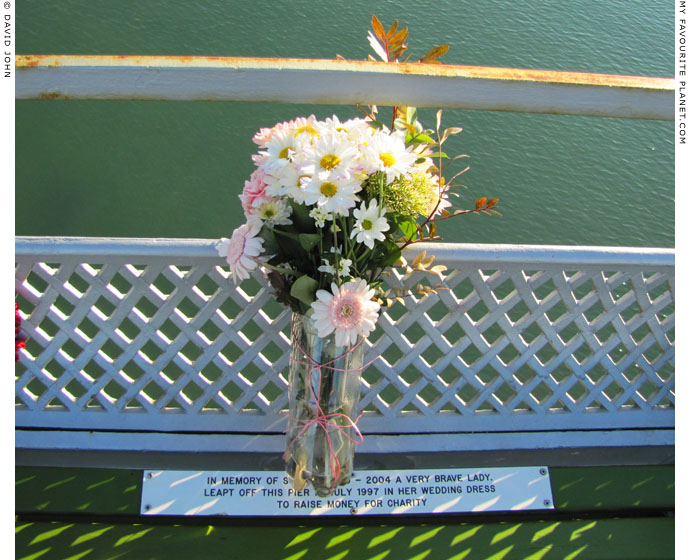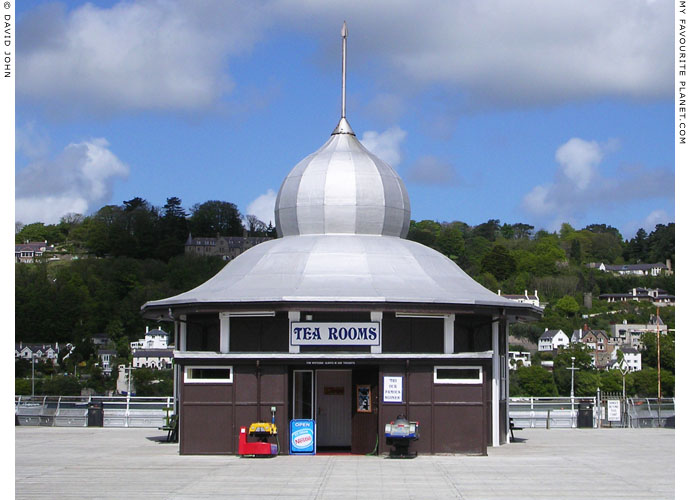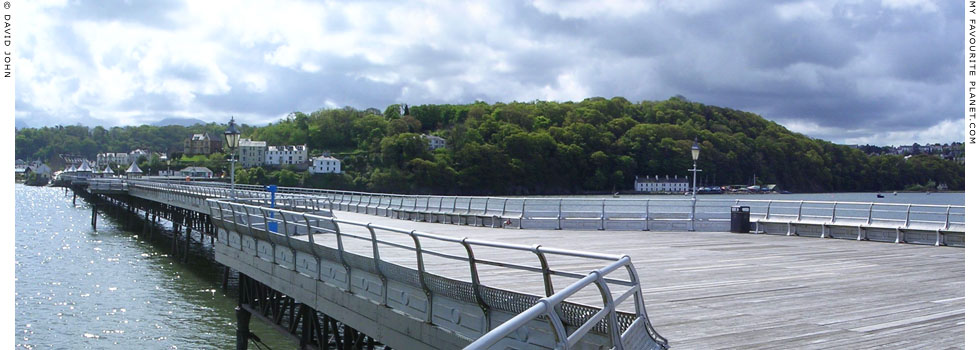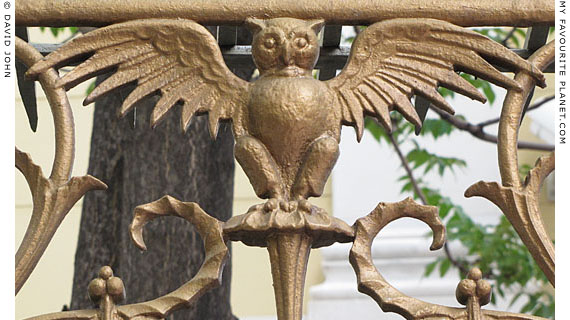Garth, the western end of Bangor's bay, is the city's seaside. From here, along the coast toward the Menai Bridge, was home to a small fishing industry as well as ferry services to the island of Anglesey, before the Telford's suspension bridge was built in 1826. The Menai Straits are less than a mile wide here but the currents can be very tricky, and in a small boat the swell can give your breakfast a turn for its money.
Since the 19th century visitors have come to Bangor to enjoy the scenery and the sea air. The fish, eels and crabs were plentiful, and while Bangor beach is not exactly Blackpool, walking or paddling along its rocky length at low tide in summer is an experience. Children especially would delight in finding various kinds of seaweed, shells and cast-up seahorses and starfish.
Garth boasts the long-established Dickie's Boatyard (where even today many boats are moored), some ancient hostelries, grand seaside houses and small fisherman's cottages.
Judging by contemporary photos, the opening of Bangor Pier in 1896 was a BIG event. It seems like the whole town was there dressed up in their summer finery. Bangor had arrived! It had a pier and everything. And a very splendid it was too. Not as grand as some, perhaps, and not as fine as others, maybe, but a thing of beauty nevertheless. The pier extended about three quarters of the way to Anglesey, and from its end you felt you could almost reach out and touch the opposite coast.
As a child I always wondered why they hadn't gone the extra quarter mile and turned it into a bridge (clever little *§+#%*!). Of course they had to leave the navigable channel free for the tall sailing ships of the time. And anyway, that would go completely against the Victorian idea of a promenade. The point was not to walk anywhere, but just to walk, see and be seen, best bonnet, new parasol and all. How glorious!
At the time the design of the pier was hypermodern - the latest thing. Here was a blend of exotic orientalism (eg. in the fluted domes of the kiosks) with the latest gravity-defying steel technology which had been further developed since its revolutionary use in the Crystal Palace, London.
During the 1960s the tourists from Liverpool, Manchester and Birmingham began deserting North Wales for Spain's Costa del Watneys. Local people still came along to walk, sunbathe, fish, drink tea and fizzy drinks (Vimto, dandelion and burdock), but they weren't bringing the money in. As with many Britsh seaside resorts, Bangor's tourist trade withered. The pier grew into disrepair and became ever more rickety and unsafe. Gulp!
Finally the pier was closed, and there was much talk about demolishing it. Double Gulp!
Fortunately, following much debate, exhibition of strong feeling and public appeal, the pier was restored and reopened in 1988. Hooray!
And a very good job the restorers have done too. Cheers all round! Fine planking, all the original kiosks along its length (crammed with fishing tackle, books, souvenirs...). Only the cafe at the end of the pier looks unauthentic. Wasn't it all glass and steel with two levels? Well, you can't have everything, can you?
The idea of a pier is very British, and I dare say many volumes have been written about this phenomenon. Also very British are the small memorial plaques fixed to the benches along the sides of some of Britain's piers, including Bangor's. They mostly take the form of the kind of greetings to lost or deceased friends and loved ones which would normally be found on wreaths of flowers laid at graves. Many are very touching, and exemplify the British sense of pathos (some would say sentimentality). The pier for former generations, especially working people, symbolized a place of temporary freedom and romance. Friends, couples and families would have the time of their lives for a few short summer days before returning to the daily grind in offices, shops and factories. So it is no wonder they associate these wierd spindly structures with with youth, romance and friendship.
It would be too cynical to think that the fund-raisers for piers have exploited such emotional attachments to make money for their project. Most people involved in keeping piers going seem to be such people themselves, they have a strong commitment to this particular aspect of our culture. It seems entirely appropriate that those whose dreams and hopes have been invested in the seaside idyll should delight in reinvesting a few pounds in its conservation and leave their short messages of devotion into the bargain. We of later generations, who may puzzle over these strange embassies, give thanks to all those who made so many sacrifices on our behalf. Thanks.
Out of season there is nobody controlling the entrance, you are simply trusted to put your admittance money into the box. That's a good thing. Tickles me pink. Well done, Bangor!
First published in 2005 on
www.davidjohnberlin.de.
Since the glowing article above was first written, it seems that the pier is in need of further restoration work, costing, according to one estimate, as much as as 2 million pounds. At time of writing, the local authority appears to be dragging it's feet about finding the funding or even providing an exact plan for the project.




